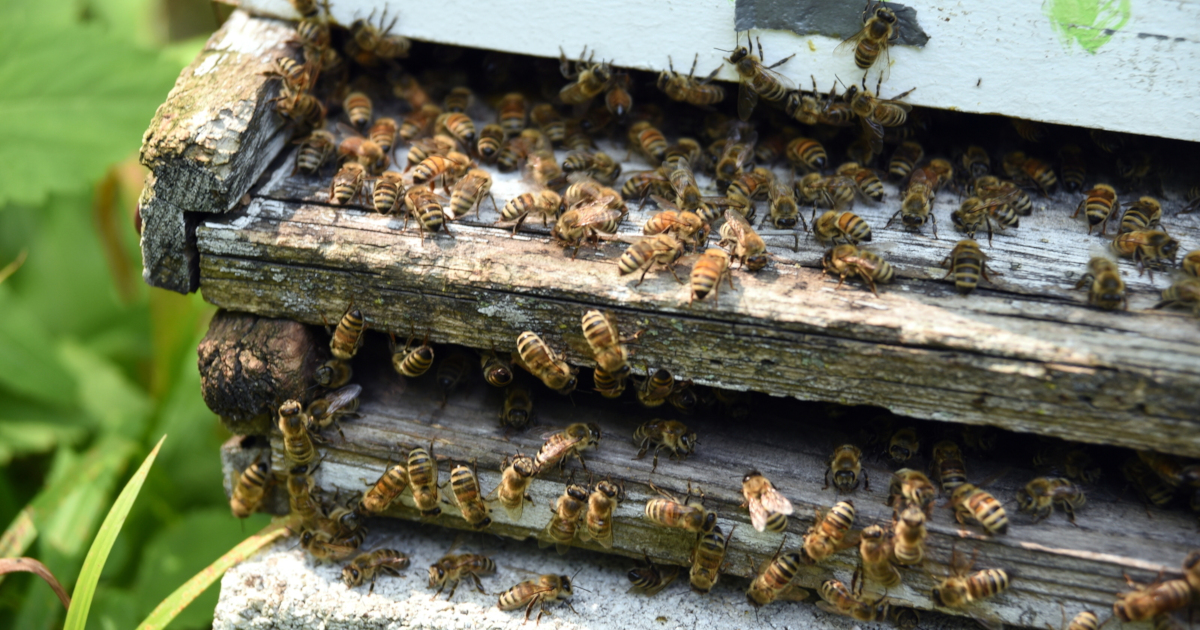
‘Like Sending Bees to War’: The Deadly Truth Behind Your Almond-Milk Obsession
Thanks to a record wet spring, his hundreds of hives, scattered across the central Arizona desert, produced a bounty of honey. Arp would have plenty to sell in stores, but more importantly, the bumper harvest would strengthen his bees for their biggest task of the coming year.
January 8, 2020 | Source: The Guardian | by Annette McGivney
Bees are essential to the functioning of America’s titanic almond industry – and billions are dying in the process
Dennis Arp was feeling optimistic last summer, which is unusual for a beekeeper these days.
Thanks to a record wet spring, his hundreds of hives, scattered across the central Arizona desert, produced a bounty of honey. Arp would have plenty to sell in stores, but more importantly, the bumper harvest would strengthen his bees for their biggest task of the coming year.
Like most commercial beekeepers in the US, at least half of Arp’s revenue now comes from pollinating almonds. Selling honey is far less lucrative then renting out his colonies to mega-farms in California’s fertile Central Valley, home to 80% of the world’s almond supply.
But as winter approached, with Arp just months away from taking his hives to California, his bees started getting sick. By October, 150 of Arp’s hives had been wiped out by mites, 12% of his inventory in just a few months. “My yard is currently filled with stacks of empty bee boxes that used to contain healthy hives,” he says.
